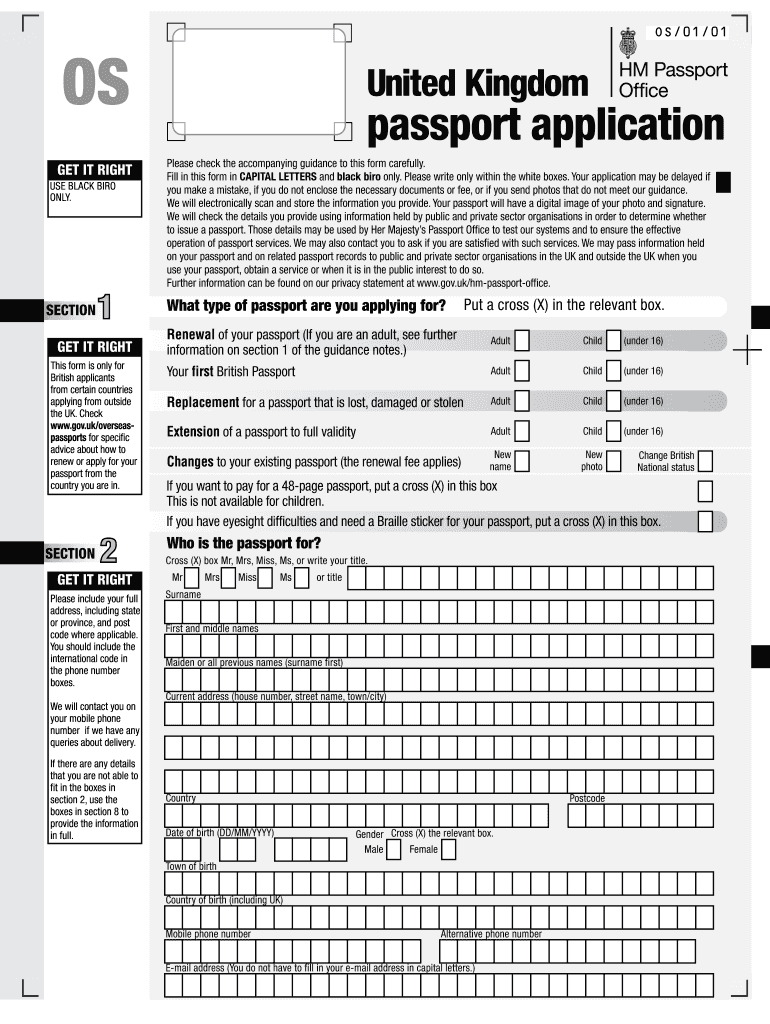US Defense Department will stop providing satellite weather data
Defense Department will stop providing crucial satellite weather data
By Rebecca Hersher
Saturday, June 28, 2025 • 7:00 AM EDT
Heard on Weekend Edition Saturday
The U.S. Department of Defense will no longer provide satellite weather data, leaving hurricane forecasters without crucial information about storms as peak hurricane season looms in the Atlantic.
For more than 40 years, the Defense Department has operated satellites that collect information about conditions in the atmosphere and ocean. A group within the Navy, called the Fleet Numerical Meteorology and Oceanography Center, processes the raw data from the satellites, and turns it over to scientists and weather forecasters who use it for a wide range of purposes including real-time hurricane forecasting and measuring sea ice in polar regions.
This week, the Department of Defense announced that it would no longer provide that data, according to a notice published by the National Oceanic and Atmospheric Administration, NOAA.
"I was surprised, given how important it is for forecasting hurricanes and monitoring important features like sea ice," says Brian Tang, a hurricane researcher at the University at Albany. "This is data that forecasters use regularly."
The Navy did not respond to questions about why it has stopped sharing the data with scientists and forecasters.
A spokesperson for the U.S. Space Force, which is responsible for the satellites, said in a statement that the satellites and instruments are still functional, and the Department of Defense will continue to use them even as it cuts off access for scientists.
"It's not an issue of funding cuts," says Mark Serreze, the director of the National Snow and Ice Data Center, a federally funded research center in Colorado that has relied on the soon-to-be-terminated Defense Department data to track sea ice since 1979. "There are cybersecurity concerns. That's what we're being told."
The Navy did not respond to questions about what those concerns are.
Tracking hurricanes as they form
The Department of Defense collects satellite weather information because it has ships and planes operating all over the world, and needs information about conditions in the oceans and atmosphere.
But the Defense Department data also allow hurricane forecasters to see hurricanes as they form, and monitor them in real-time.
"What we can do with the data is we can see the structure of hurricanes," Tang explains, "Sort of like an MRI or X-ray."
For example, hurricane experts can see where the center of a newly formed storm is, which allows them to figure out as early as possible what direction it is likely to go, and whether the storm might hit land. That's important for people in harm's way, who need as much time as possible to decide whether to evacuate, and to prepare their homes for wind and water.
The data also allows forecasters to see when a new eyewall has formed in the center of the storm, which can indicate that the hurricane is about to intensify. For example, Tang says, forecasters at the National Hurricane Center used the data from Defense Department satellites to observe a circular eyewall forming in Hurricane Erick earlier this month as it moved over the Pacific.
"That was a really good indication that the storm was about to intensify much more quickly than the computer models indicated it was going to intensify," Tang says, which allows forecasters to publish early warnings. The storm hit Mexico as a destructive Category 3 hurricane.
NOAA, which oversees the National Hurricane Center, says the loss of the Defense Department data will not lead to less-accurate hurricane forecasts this year. In a statement, NOAA communications director Kim Doster said, "NOAA's data sources are fully capable of providing a complete suite of cutting-edge data and models that ensure the gold-standard weather forecasting the American people deserve."
Other satellites, operated by NASA and NOAA and by other countries, collect similar data, Tang says. But hurricanes form and intensify so rapidly that forecasters need near real-time information, which requires as many satellites as possible since no one sensor is always pointed at a given storm. Without the Defense Department data, there will be bigger gaps in time when forecasters will not know the current conditions inside a storm. That could lead forecasters to be surprised when a hurricane suddenly intensifies.
That's particularly concerning because, as the Earth heats up, large, rapidly intensifying hurricanes are getting more common. Storms that gather strength quickly right before they hit land are particularly deadly because people have little time to prepare and evacuate.
A scramble to keep monitoring sea ice
The Defense Department satellites were also the main source of real-time information about changes to sea ice.
Sea ice data is important for a lot of reasons. Permanent sea ice in the Arctic and Antarctic is shrinking rapidly because of climate change, and the exact amount of ice fluctuates dramatically over the course of each year.
In any given year or season, the amount of sea ice in the Arctic informs international shipping decisions, because when there is less sea ice around the North Pole, ships can take shorter routes across the globe.
On the other end of the planet, sea ice helps slow the melting of glaciers in Antarctica, which threaten the planet with catastrophic sea level rise if they collapse.
Now, as a result of the Defense Department's decision, six widely used datasets about sea ice at both poles will be interrupted, according to the National Snow and Ice Data Center.
"We've been very reliant on these data for many years," explains Serreze, the director of the center. He says the Defense Department had warned him that the data would no longer be available after September. Then, this week, the deadline was moved up to June 30th.
"This June 30 deadline has really caught us by surprise," Serreze says. "And so we have to kind of blitz here to get things in order."
Serreze's team had already planned to switch to an alternate source of sea ice information: a sensor on a satellite operated by the Japanese government. The U.S. has access to data from that sensor through an agreement between NASA and the Japanese government's space agency.
But they thought they had months to make the switch, which requires a lot of labor-intensive calibration. Now they have just days before they lose access to the American data. "It's a blow," says Serreze.
And this is happening in the middle of a record-breaking year: so far in 2025 there is less sea ice in the Arctic than any other year since satellite records began in 1979.
Transcript
SCOTT SIMON, HOST:
The Department of Defense says that it will stop sharing crucial satellite weather data next week. The DOD collects a lot of information about what's happening in the oceans and atmospheres, and scientists and meteorologists use it every day. Now that data will be gone. NPR's Rebecca Hersher joins us. Rebecca, thanks so much for being with us.
REBECCA HERSHER, BYLINE: Of course.
SIMON: And remind us, why is the DOD collecting weather data?
HERSHER: Because they need it. You know, the military has ships in the ocean. It has planes in the sky. It needs to know what's happening in the ocean and the atmosphere, and so the DOD has satellites that collect weather information. And since the 1970s, they've shared that weather information with forecasters and with scientists, and it's been really useful for them.
SIMON: How's it been useful?
HERSHER: Well, because these satellites, they're up there. They can see the whole planet, and they give a really clear picture of what's happening in the ocean, all over the world and in the atmosphere. I talked to a hurricane scientist who uses this data for his research. His name is Brian Tang. He works at the University at Albany.
BRIAN TANG: What we can do with the data is we can see the structure of hurricanes, sort of like an MRI or a X-ray.
HERSHER: But this week, the DOD said that they're going to stop sharing this data no later than Monday.
SIMON: Why? Is there a problem with the satellites?
HERSHER: Well, I reached out to the Department of Defense about this, and here's what I learned. So the Space Force, which is responsible for the satellites, says there's nothing wrong with the satellites. There's nothing wrong with the sensors on them - you know, the instruments that actually collect the data - and that the DOD will actually continue to use this information internally. They said the Navy are the ones who made this decision to stop sharing data. So I reached out to the Navy to ask why and didn't hear back.
But there's one more wrinkle. I spoke to the head of the National Snow and Ice Data Center, which is this federally funded research center. It relies on this data to monitor sea ice. And the director there, Mark Serreze, told me that the DOD told him that there are, quote, "cybersecurity concerns." But we don't know what those concerns might actually be.
SIMON: And, Rebecca, how could the loss of this data affect weather forecasting?
HERSHER: Well, it's not great, particularly for hurricanes. When hurricane forecasters see a storm that's starting to form out there over the ocean, they rely on satellite data 'cause it's really far out there. So they use this data to figure out where the storm is headed and how quickly it might grow. Now, the DOD satellites, they are not the only satellites that collect this type of data, but they are a crucial piece of the puzzle because storms change continuously. So forecasters need basically real-time information. With the DOD satellites in the mix, forecasters are able to monitor storms continuously. Without it, there will be gaps - so periods of time where they just don't know what's happening.
The hurricane researcher Brian Tang told me that could lead to a situation where forecasters are surprised by a storm that rapidly gained strength, which would be really bad because people on land would have less time to evacuate, less time to prepare. Plus, climate change is actually making those kinds of large, rapidly intensifying storms more common. And this is a particularly big deal right now because peak Atlantic hurricane season is looming, and forecasters have already said that they expect an above-average number of storms this year.
SIMON: NPR's Rebecca Hersher. Thanks so much.
HERSHER: Thanks.
(SOUNDBITE OF LAURENT DURY'S "THREE STEPS FROM HEAVEN")
What's Your Reaction?
 Like
0
Like
0
 Dislike
0
Dislike
0
 Love
0
Love
0
 Funny
0
Funny
0
 Angry
0
Angry
0
 Sad
0
Sad
0
 Wow
0
Wow
0







































